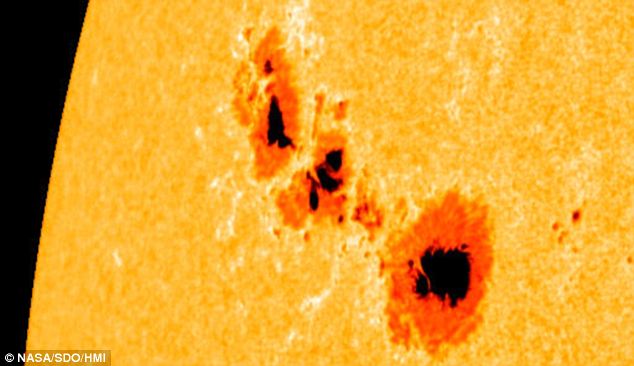It is Groundhog Day 2012 and cloudy in Denver. As it turns out, we in Denver do not have groundhogs. Neither does the vast majority of regions on this planet. We have a somewhat similar species known as prairie dogs, but they are not exactly the same. Both are rodents of the squirrel family, but groundhogs are much larger and overall they are not the same animal.
I have no idea what the sky conditions are today for the great majority of groundhogs in their native habitat hundreds of miles to the east of me. If you are a longtime resident of Denver (as I am) you know that, in all probability, winter will extend at least eight to 12 weeks into the future. I wish the groundhog (or in our case, the prairie dog) would be correct, but I prefer to rely on the historical record.
Overall, could a groundhog possibly make any difference? I am the first to admit that the reactions of Nature and wildlife species could well be an indicator of current conditions or even the near future. But if highly trained meteorologists and climatologists are not completely sure of the weather just a week in advance, does it make sense that casual observers of an environmentally sensitive but otherwise non-communicative species of rodent could accurately predict the future of six weeks or more into the future? In my opinion, on Groundhog Day as on most things, evidence is more important than belief.

What spawned this all was an email from someone about a completely different subject. He apparently feels that historical deviations from the “norm” of temperature may be at least in part due to variations in solar activity. However, in my opinion and as I interpret the data, there is no clear evidence that these solar variations directly affect our weather. There has been talk of a 22-year drought cycle in the U.S., which ostensibly could be related to 22-year solar magnetic reversal cycle, but such connections are notoriously hard to pin down.
And then there is the so-called Little Ice Age, not a true ice age, but an extended period during which the Northern Hemisphere was markedly cooler than normal. This seemed to correspond at least in part to a period from the mid-1600s to the early 1700s in which virtually no sunspots were observed. This period of few or no sunspots is called the Maunder Minimum. Many have suggested a relationship between the lack of visible spots on the sun and the cooler-than-normal temperatures during the Little Ice Age.
That’s all very interesting until you find that some researchers have suggested that the cooling started well before the dearth of sunspots occurred, indicating a more earthly cause. Now, a new study led by Gifford Miller of the University of Colorado at Boulder, cites strong evidence of significant volcanic activity during that period that likely initiated the global or at least northern hemispheric cooling. Evidence from this study suggests that the cooling began as early as 1275, hundreds of years before the Maunder Minimum.
Volcanoes might have triggered Little Ice Age
According to Miller’s study, any contributions by changes in solar output would be largely masked by the atmospheric cooling caused by volcanoes.
The bottom line here is that attempts to tie variations in the sun to climate changes, especially short-term changes, have not shown significant success. The Maunder Minimum and the Little Ice Age might well be completely coincidental. One essential aspect of human intelligence is the ability to see patterns and connections, but sometimes we see them when they really are not there. (For example, I see lions, tiger and wolves — no bears — in the irregular patterns on the tile in my shower!) It is entirely reasonable to expect that the sun has a profound effect on earthly weather, but apparently this effect is very subtle. Up to this point, the proposed connections do not seem very convincing.
So what does this have to do with a lowly American rodent and his shadow? Not much, except to say that real evidence is more reliable than folklore.
The evidence shows that the most famous groundhog of all, Punxsutawney Phil, and his predecessors in Pennsylvania, have had a dismal record of weather prediction. My guess is that in a bout of coincidence similar to the situation between the Little Ice Age and the Maunder Minimum, for several years a cloudy February 2 preceded an early spring and someone got the idea about the groundhog being afraid of his shadow. While we cannot entirely rule out some possible but very tenuous connection between early February weather and changes coming in the next month or so, it certainly is not obvious.
Celebration of Groundhog Day is pretty harmless, but emphasis on small, unclear or even false associations in the questions of Earth’s climate can have far greater and perhaps deleterious effects. Blaming the sun for something it didn’t do can take emphasis off other more likely, and more mundane reasons for global climate change. We should continue to research the sun-Earth connection, but the more clear cut association between climate and human activity should be the focus of action.
And, meanwhile, although the groundhog cannot really predict the weather, it did give us a funny and memorable movie!











